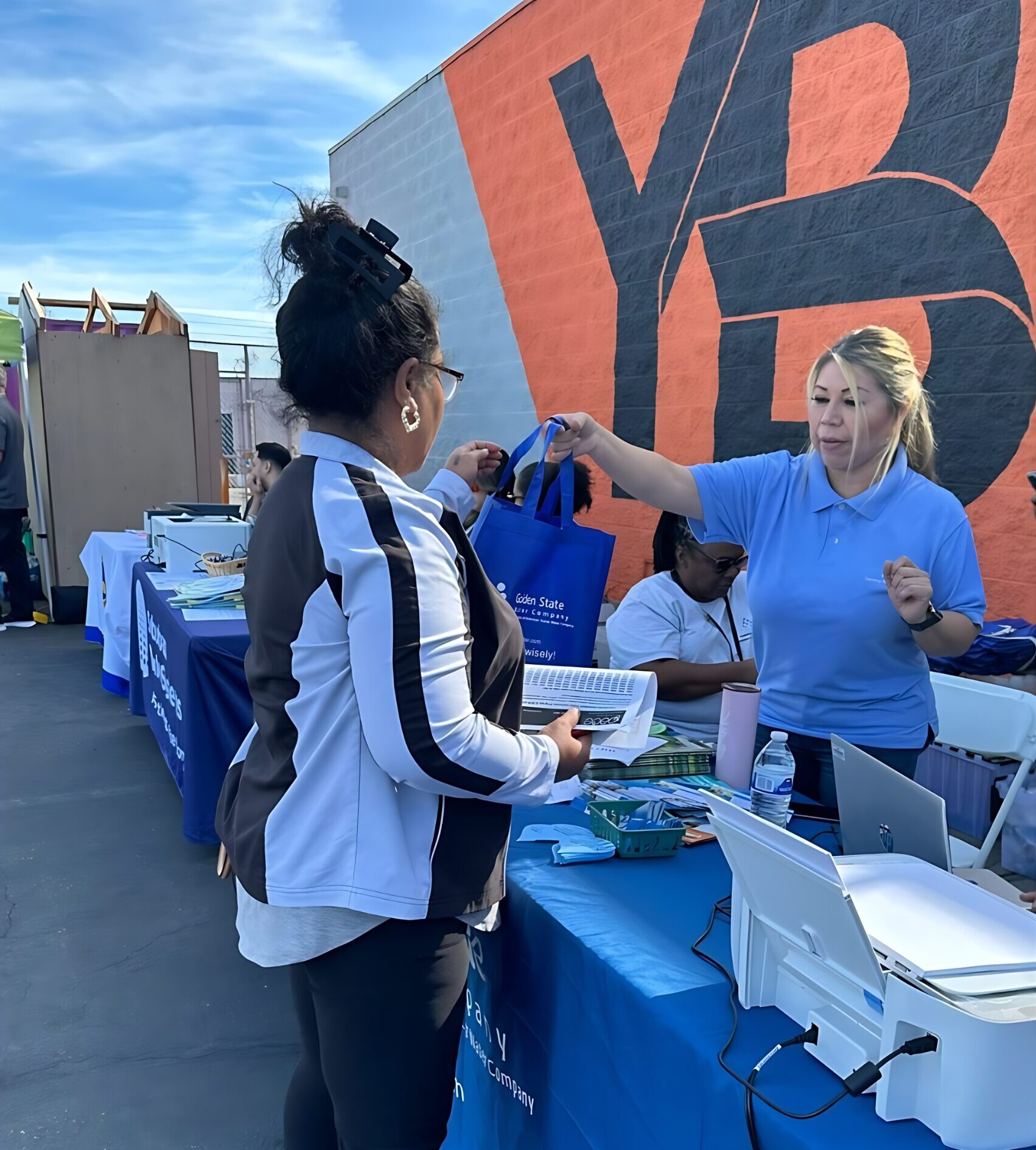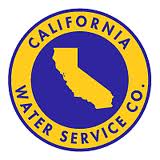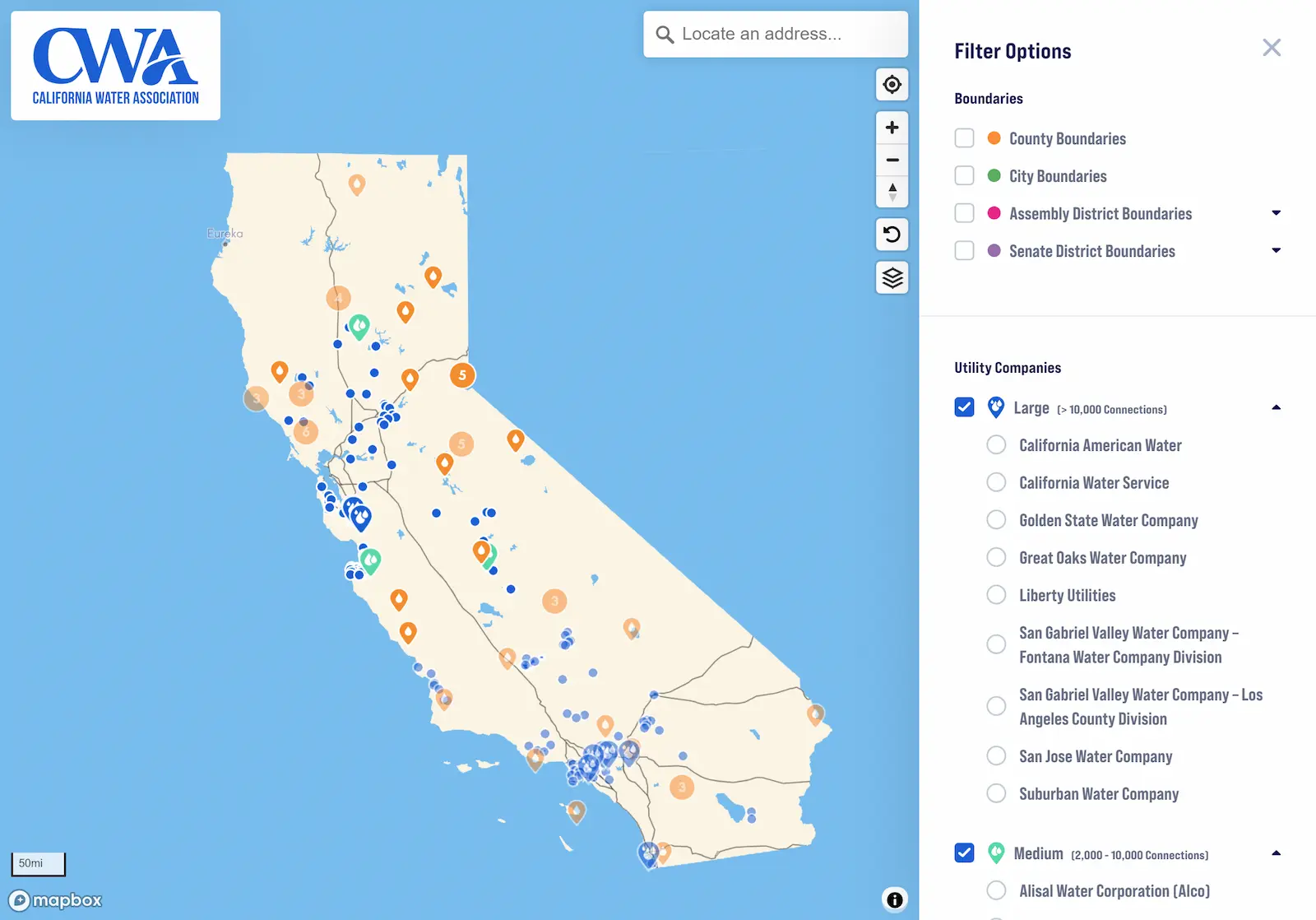In 2012, California took a bold step by passing the Human Right to Water Act (AB 685), declaring that every person has the right to safe, clean, affordable, and accessible water for basic needs like drinking, cooking, and sanitation. Since then, the state has launched a range of programs and policies to turn that commitment into reality, especially for low-income households who often struggle to keep up with utility bills.
One of the most important tools in this effort is the Customer Assistance Program (CAP), which offers bill discounts to help eligible customers afford their water service. California’s 10 largest Investor-owned utilities (IOUs), known as Class A’s, run Low-Income Rate Assistance (LIRA) programs, making them key players in advancing water affordability across the state.
A new report authored by Kyra Gmoser-Daskalakis and Gregory Pierce at the University of California, Los Angeles’s Luskin School of Public Affairs offers a detailed analysis of these programs across California. Together, CA’s largest IOUs serve about 14% of the state’s population, over 6 million customers, making their role in affordability policy critical. The study draws on more than a decade of utility data, census poverty statistics, and spatial mapping to evaluate CAP enrollment and reach from 2010 to 2021.
Key findings highlight positive trends in CAP enrollment overall, while also revealing difficulties in program reach. These insights can inform future efforts to strengthen enrollment strategies, improve equity, and guide state-level policy aimed at making water more affordable for all Californians.
This resource is essential reading for utility professionals, regulators, and advocates working at the intersection of equity and water access. It sheds light on where progress is being made—and where more work is needed to ensure the Human Right to Water is truly realized.





